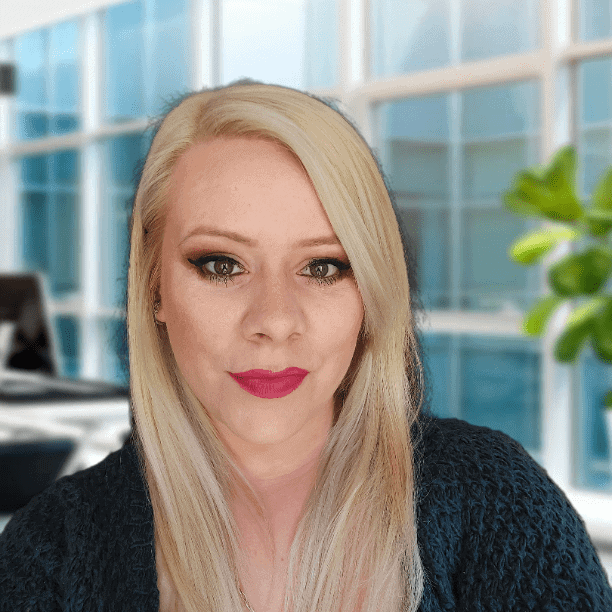
Your grief coaching method integrates the heart, mind, body, and soul. Can you explain how this comprehensive approach aids in healing compared to traditional methods focused on just one aspect?
The approach I take focuses on addressing the person as a whole, using a holistic method that involves allowing the person to process their emotions through writing. What sets me apart is my use of storytelling to help individuals heal. By sharing their story, remembering their loved one, and recalling their life together, no matter how long that may be, individuals can process deep emotions that are typically difficult to address in other settings.
With my guidance, people are able to delve deeply into their feelings, even though many resist this part of the process. It’s easy to write or talk about details, but it’s entirely different to explore and share one’s emotions and thoughts, especially in a vulnerable state. Whether they are sharing their story with just me or contributing a chapter to a published book, this method allows for a profound emotional exploration.
Storytelling is a key element in your coaching. What techniques do you use to help clients tell their stories, and why is this so effective in the healing process?
First, I let them tell their story in their own way. I want to ensure that everyone starts at a different point in their story and writes details that are important to them in their own unique manner. For instance, if someone was ill, they might discuss every single step of their illness, while others might provide a broad overview. Based on their particular story, I’ll pose questions that are unique to them, which they can answer to continue piecing the story together, depending on the purpose of the writing.
What type of services do you offer?
Mainly, I offer coaching services. Whether I am working with an individual going through an intensive program designed for someone who is ready to heal, or working with organizations to help a collective group, my focus is on processing and healing.
For individuals, my program is for those who feel stuck and want to move further along in their journey to live life more fully. On the other side, I work with organizations to help groups share their collective stories and support each other. This dynamic is powerful, as I typically have groups of ten writing their stories simultaneously, which then become published books.
I have collaborated with organizations such as the Gloria Gemma Breast Cancer Resource Foundation and the Maddie Potts Foundation that helps parents who have lost children suddenly. Many organizations, especially in the United States, are doing significant work, and this storytelling medium helps their families process their experiences. It not only aids the participants but also benefits readers who can identify with the stories. Readers dealing with personal loss might feel less alone and more validated in their thoughts and feelings, recognizing they are not “crazy” for having them.
This ties back to the lack of education on grieving. We often do not know what grieving looks like or what can happen during the process. Unlike many books on grief written by therapists or clinical workers, my approach is about real people being vulnerable and sharing their innermost thoughts and feelings. While everyone has a comfort threshold, even reaching the point where they decide not to share more can be incredibly beneficial.
What are some of the most common grief-related challenges you see in organizational settings, and how do you address them?
Common challenges include the struggle of revisiting difficult memories while writing their story. This often involves recalling times they would rather forget, such as their worst moments or the day their loved one passed away. For those dealing with illness, it means revisiting the impact of the illness on themselves, their family, and loved ones.
Afterwards, the struggle continues, especially for those with families, children, or grandchildren who rely on them. These relationships provide motivation to keep going, even as they navigate their grief. Ideally, they have supportive people around them to help them through this process.
Grief can vary greatly from person to person. How do you tailor your coaching to meet the unique needs of each client?
It’s about listening more and meeting them where they are, helping them wherever they may be in their grief journey. As you mentioned, everyone processes differently, with unique stories and relationships, even among family and friends. Supporting them from their current point, aiding them in processing and continuing forward. This might involve helping them see things differently, gaining a new perspective, or changing how they view their experiences.
For example, I used to dwell on memories of my loved one’s final moments, holding onto his last breath and the words I spoke. Over time, I realized he lived a full life before that, and I now focus on those years of happiness. Mindset plays a significant role too; our beliefs shape our emotions. I believe he’s still with me, and this belief sustains me. Others may feel differently, thinking their loved one is entirely gone.
I’m certain he’s present; I see signs of his presence. So, it’s really about meeting people where they are and doing my best to support them at that moment.



